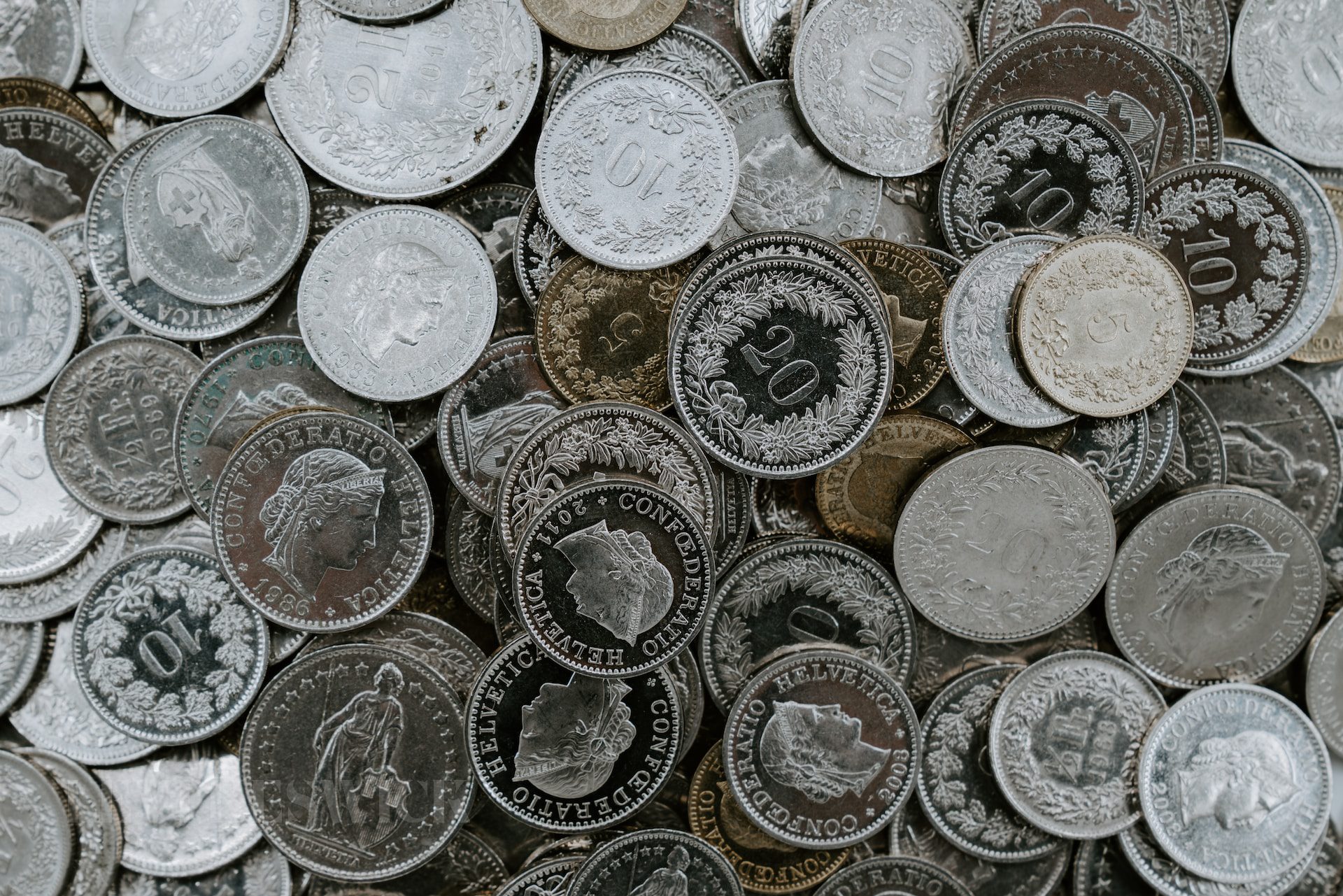Key Takeaways:
- The 1994 Jefferson Nickel is composed of 75 percent copper and 25 percent nickel
- Varieties of the 1994 Jefferson Nickel are dictated by their mint location and the way they are struck
- The value of the 1994 D Jefferson Nickel is influenced by its mintage, condition, and market demand among collectors
The Composition and History of the 1994 Jefferson Nickel
The 1994 Jefferson Nickel, named after the third President of the United States, Thomas Jefferson, is a noteworthy piece of numismatic history. Understanding its composition, historical significance, and how these elements contribute to the “1994 D nickel value” requires a deep dive into its inception and evolution.
Inside the 1994 Jefferson Nickel: A Look at its Metal Content
Primarily, the 1994 Jefferson Nickel is composed of 75 percent copper and 25 percent nickel. This composition has remained consistent for Jefferson Nickels since their first strike in 1938, apart from the World War II era. From 1942 to 1945, due to nickel’s strategic importance in manufacturing wartime armaments, the US Mint altered the coin’s composition to a mix of 56 percent copper, 35 percent silver, and 9 percent manganese.
Post-war, the Jefferson Nickel resumed its original cupro-nickel composition, a standard that has been maintained up until the present day.
The Design Legacy of the Jefferson Nickel
The design of the Jefferson Nickel is the work of Felix Schlag, who won an open competition held by the US Mint. Owing to a misunderstanding, Schlag’s initials were not added to the nickel until 1966. This design, featuring the image of Thomas Jefferson on the obverse and the front view of his mansion, Monticello, on the reverse, was used from 1938 to 2004.
The subsequent years saw design shifts, first by Joe Fitzgerald in 2005 and then by Jamie Franki in 2006, each bringing a unique visual appeal to this iconic coin.
Exploring the Varieties of the 1994 Jefferson Nickel
The 1994 Jefferson Nickel is distinguished by four official varieties. These variants are determined by their mint marks and the manner in which they were struck. However, some “error” coins have also found their way out of the mint center, adding further intrigue to the collection.
The primary varieties of the 1994 Jefferson Nickel, with their mint location and mintage, include:
- 1994 D Jefferson Nickel – Denver Mint, with a mintage of 715,762,110
- 1994 S Proof Jefferson Nickel – San Francisco Mint, with a mintage of 3,269,923
- 1994 P Jefferson Nickel (Regular Strike) – Philadelphia Mint, with a mintage of 722,160,000
- 1994 P Jefferson Nickel (Special Strike) – Philadelphia Mint, with a mintage of 167,703
Understanding the Value of the 1994 D Jefferson Nickel
The ‘1994 D nickel value’ is a product of multiple factors, including its mintage, the condition of the coin, and the demand among coin collectors. Given that over 700 million pieces were minted in Denver, the 1994 D Jefferson Nickel’s value is modest in general circulation grades. However, the value can increase significantly for well-preserved examples with a high grading from a professional coin grading service. Collectors seeking the highest grade of ‘mint state’ examples can expect to pay a premium for this coin.
In conclusion, the 1994 D Jefferson Nickel, though humble in its everyday use, carries a rich historical significance and holds unique value in the world of coin collecting. The intrigue and fascination surrounding its varieties and minting nuances make it an essential piece in the grand tapestry of American numismatic history.








